Introduction
The Karelian Bear Dog is a fascinating breed. Known for its striking appearance and exceptional hunting skills, it originated in Finland. This breed holds a special significance in Finnish culture, revered for its bravery and agility. Karelian Bear Dogs excel in hunting large game, including bears, moose, and wild boars. Their unique traits make them both impressive hunters and loyal companions.
If you’re looking to train your Karelian Bear Dog effectively, consider investing in a Karelian Bear Dog Training Book. This comprehensive resource will guide you through the training process, helping you understand the unique needs of this breed while providing practical tips and techniques!
Summary and Overview
Karelian Bear Dogs are unique and versatile. Understanding their history, traits, and care is essential for potential owners. These remarkable dogs are employed in wildlife management and as hunting partners. While popular in Finland, they remain relatively rare in other countries. Their captivating nature and strong work ethic make them a breed worth knowing more about.

To keep your Karelian Bear Dog looking sharp and well-groomed, consider a Dog Grooming Brush for Double Coats. This brush is perfect for managing their dense fur, especially during shedding season, ensuring your dog’s coat remains healthy and shiny!
History of the Karelian Bear Dog
Origins
The Karelian Bear Dog traces its roots back to the Karelia region of Finland. This area, shared between Finland and Russia, has a rich history of dog breeding. The breed was officially recognized in 1936, thanks to the efforts of Finnish kennel clubs. In the years that followed, the Karelian Bear Dog gained popularity among hunters. However, World War II posed a significant threat to its existence, as many dogs were lost during the conflict. Dedicated enthusiasts worked to revive the breed, ensuring it would continue to thrive.
Development as a Hunting Dog
Originally bred for hunting bears, Karelian Bear Dogs have an innate ability to track and corner large game. These dogs excel in their roles, often barking to alert hunters to the presence of a bear. Over the years, their roles have evolved. Today, they are also involved in wildlife management programs. Remarkably, studies show that the introduction of Karelian Bear Dogs has significantly reduced bear incidents. For example, in Japan, bear-related incidents dropped from 255 in 2006 to just four in 2017, thanks to these skilled canines. Their adaptability and effectiveness make them invaluable in various contexts.

Understanding the importance of proper training and socialization is key to ensuring the Karelian Bear Dog thrives in various environments. dog socialization tips
Physical Characteristics
General Appearance
Karelian Bear Dogs are medium-sized and robust. Males typically stand 54 to 60 cm tall, while females range from 49 to 55 cm. This breed weighs between 37 to 62 pounds, making them strong and agile. Their bodies are well-proportioned with a deep chest and a sturdy frame.
They possess a striking appearance, often characterized by their distinctive black and white markings. The coat is dense, with a straight outer layer and a soft undercoat. This combination not only adds to their aesthetic charm but also provides protection against harsh weather. Their ears are medium-sized and slightly pointed, which enhances their alert expression.
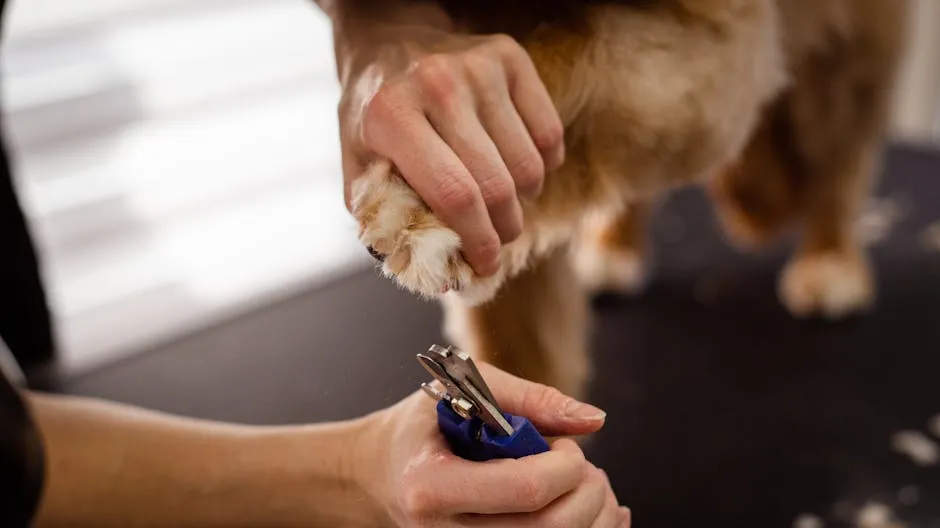
Coat and Grooming Needs
Karelian Bear Dogs have a beautiful double coat that requires regular attention. The outer coat is stiff and straight, while the undercoat is soft and thick. This breed experiences seasonal shedding, so expect more hair loss during spring and fall. Regular brushing, at least once or twice a week, helps manage shedding and keeps the coat healthy.
Bathing should be done occasionally, as over-bathing can strip essential oils from their coat. Check their ears regularly for dirt and wax buildup, and trim their nails as needed. With proper grooming, your Karelian Bear Dog can maintain a vibrant and healthy coat. To make nail trimming easier, consider investing in a pair of Dog Nail Clippers designed for larger breeds!
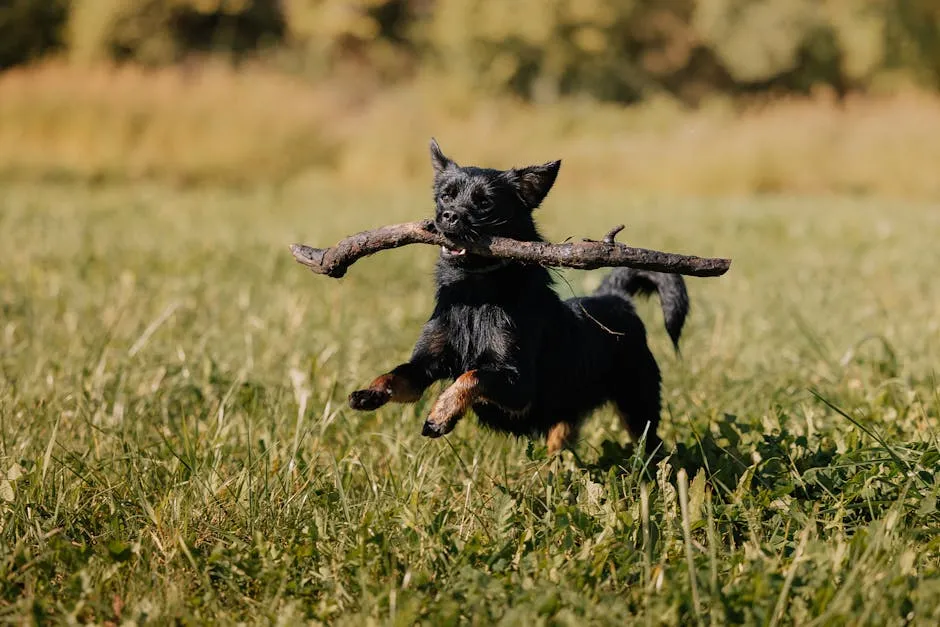
Temperament and Behavior
General Temperament
Karelian Bear Dogs are known for their independent, alert, and protective nature. They are devoted to their families, making them excellent companions. However, their strong prey drive means they might not be the best fit for homes with smaller pets. Proper socialization is crucial to help them adapt to various environments and people.
While they can be friendly with known individuals, they tend to be wary of strangers. This breed is naturally territorial, making them effective watchdogs. Early exposure to different situations and people can help mitigate potential aggression towards unfamiliar faces.

Training Challenges
Training a Karelian Bear Dog can be a rewarding but challenging experience. Early training and socialization are essential for a well-adjusted adult dog. These dogs can be stubborn, so employing consistent and positive reinforcement methods is vital.
Using treats, praise, and engaging activities during training can keep them motivated. Avoid harsh training methods, as these can lead to fear and distrust. Experienced owners will find success with KBDs, while novice handlers may struggle. Providing mental stimulation through training and problem-solving activities can help channel their energy and intelligence positively. To make training even more effective, consider using a Dog Training Clicker. This tool can help reinforce positive behaviors during training sessions!
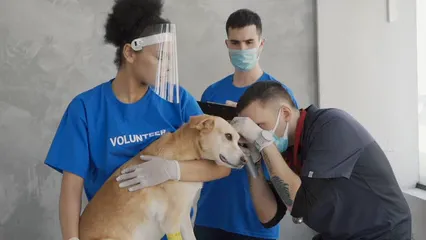
Health Considerations
Common Health Issues
Karelian Bear Dogs are generally healthy but have some genetic predispositions. Two notable conditions are chondrodysplasia and pituitary dwarfism. Chondrodysplasia can cause limb deformities, affecting mobility. Pituitary dwarfism leads to stunted growth and coat issues. Regular veterinary check-ups are crucial for early detection of these problems. Screenings can identify risks and help manage potential health issues effectively.
Routine health assessments should include eye exams and orthopedic evaluations. Maintaining a close relationship with your vet ensures proactive care. Being aware of these genetic conditions can help you provide the best care possible.
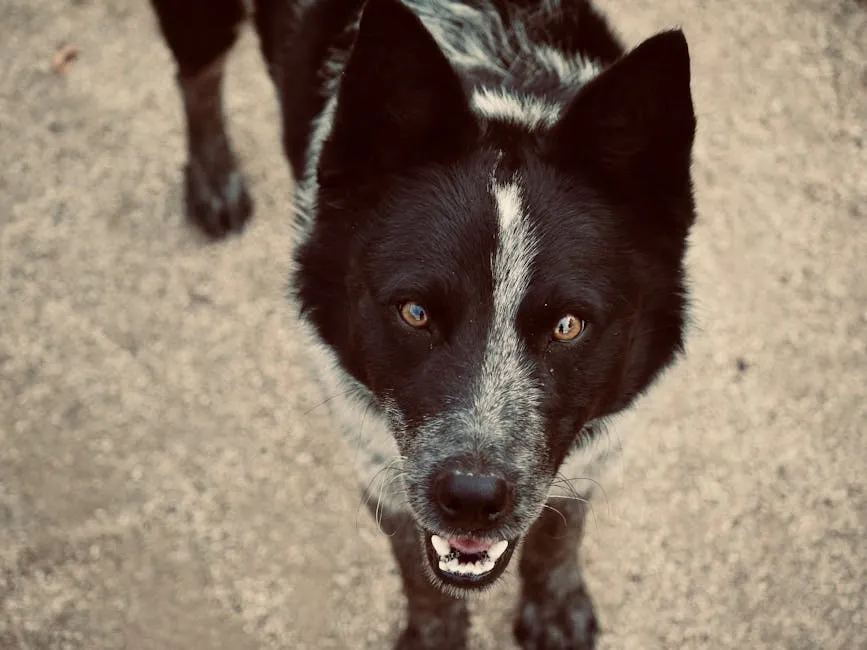
Lifespan and Care
The average lifespan of a Karelian Bear Dog ranges from 11 to 13 years. To promote longevity, proper care is essential.
Regular exercise, a balanced diet, and mental stimulation are vital for their overall well-being. High-quality dog food tailored to their age—puppy, adult, or senior—supports their health needs. Monitoring weight through portion control is also important. Engage your dog with daily walks and playtime to keep them active. This breed thrives on both physical and mental activities, so be sure to include a variety of exercises to keep them happy. For large breeds, consider a High-Quality Dog Food for Large Breeds to meet their nutritional needs!

Nutrition and Exercise Needs
Dietary Requirements
A Karelian Bear Dog’s diet should match their life stage. For puppies, high-quality, calorie-dense food is essential for growth. Adults benefit from a balanced diet rich in proteins and fats. Senior dogs need food that supports joint health and overall vitality. Always consult your vet for tailored dietary recommendations.
Portion control is crucial. Measure their food to prevent obesity. Treats should not exceed 10% of their daily intake. Maintaining a healthy weight is key to their longevity and overall health.
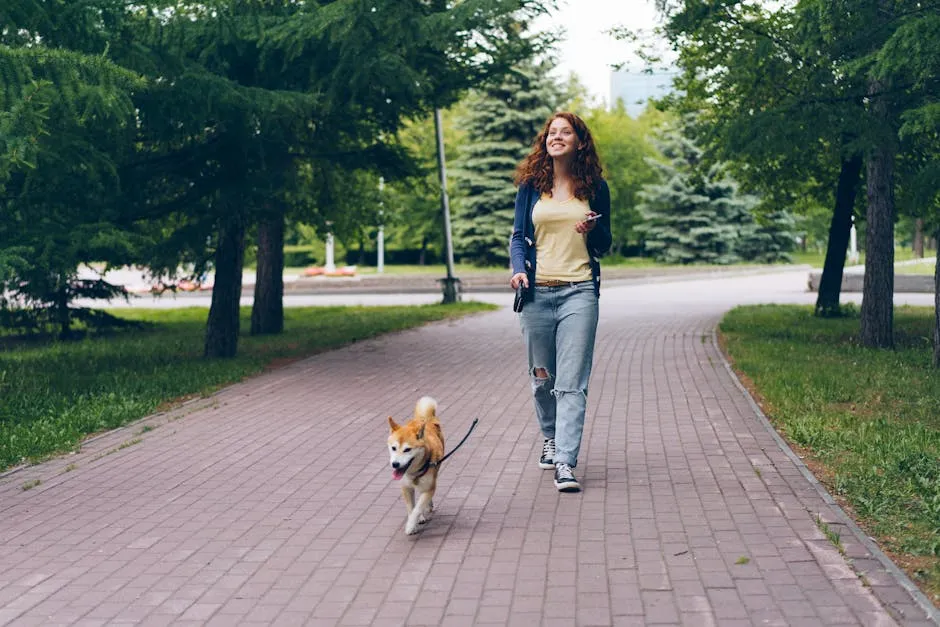
Exercise Needs
Karelian Bear Dogs are high-energy dogs. They require ample physical activity to stay healthy and happy. Daily walks, runs, and play sessions are necessary to channel their energy. Consider activities like hiking, swimming, or agility training. Mental stimulation is also important. Puzzle toys and training sessions can keep their minds sharp. Providing a variety of exercises helps prevent boredom and encourages a well-rounded lifestyle. These dogs thrive in active environments, so staying engaged with them is essential. To help keep them hydrated during your adventures, a Portable Water Bottle for Dogs is a must-have!

For more insights into ensuring your dog’s exercise needs are met, check out this comprehensive guide on dog exercise needs.
The Karelian Bear Dog in Conservation
Role in Wildlife Management
Karelian Bear Dogs (KBDs) play a vital role in wildlife management, particularly in bear management programs. These dogs are trained to track and deter bears, significantly reducing human-bear conflicts. With their keen sense of smell and instinctual barking, KBDs can effectively locate bears in areas where humans live, guiding them away from populated regions.
Success stories abound. In Japan, KBDs were introduced in 2004, and the results have been remarkable. Before their arrival, bear-related incidents were alarmingly high, reaching 255 in 2006. By 2017, with the help of these dedicated dogs, that number plummeted to just four. This transformation highlights the KBD’s effectiveness in promoting coexistence between humans and wildlife.
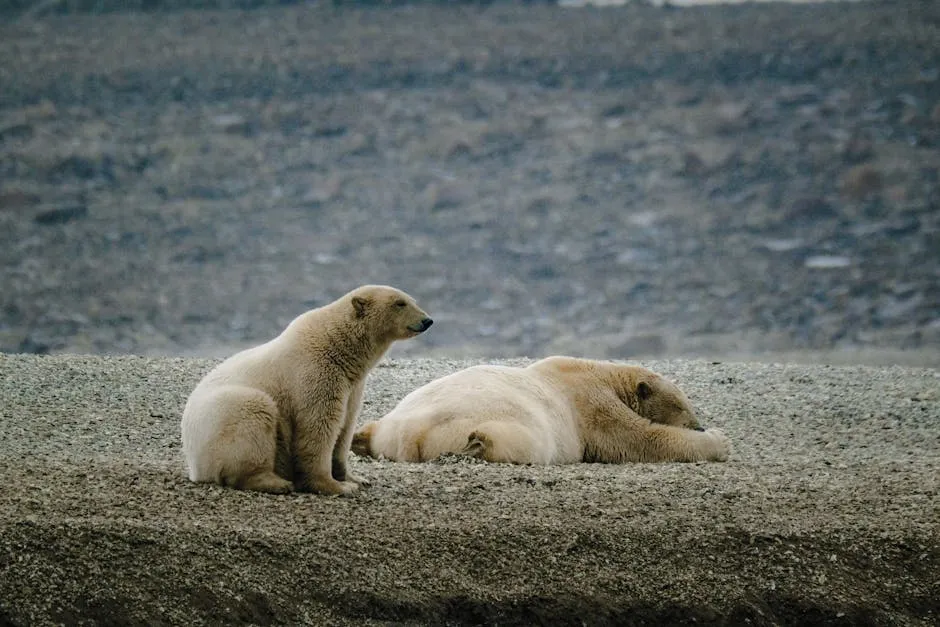
In the United States, KBDs have also been instrumental in parks like Yosemite and Glacier. Their presence has fostered safer communities, allowing both humans and bears to thrive without conflict. If you’re interested in learning more about wildlife management, consider picking up a Wildlife Conservation Book to deepen your understanding!
Future of the Breed
The future of the Karelian Bear Dog looks promising. As wildlife management needs evolve, so too does the role of KBDs. Their adaptability makes them suited for various situations, from tracking wildlife to assisting in education and outreach programs about human-wildlife coexistence.

Breeding programs focusing on health and temperament are crucial. Responsible breeding ensures that these dogs maintain their working abilities while being suitable companions. As awareness of the breed grows, more people may recognize its value, leading to increased support for conservation efforts and responsible ownership.
Conclusion
The Karelian Bear Dog is more than just a hunting breed; it is a crucial player in wildlife conservation. Understanding its role helps potential owners appreciate its unique qualities. For those considering adding a KBD to their family, responsible ownership is essential. This breed deserves respect and appreciation for its hard work and dedication in promoting harmony between humans and nature.
FAQs
What makes the Karelian Bear Dog different from other breeds?
The Karelian Bear Dog stands out due to its unique history and strong hunting abilities. Originating from the Karelia region, this breed was developed for hunting large game, particularly bears. Their exceptional tracking skills and fearless nature make them highly effective hunters. Unlike many breeds, KBDs have a strong prey drive and a protective temperament, which can make them challenging for inexperienced owners.
Are Karelian Bear Dogs suitable for families with children?
Karelian Bear Dogs can be suitable for families, but caution is needed. They are generally reserved and protective, which may make them wary of unfamiliar children. Early socialization is essential; they thrive in environments where they are exposed to various people and situations. Supervision is crucial to ensure safe interactions, especially with young children or smaller pets.
How much exercise does a Karelian Bear Dog need?
This breed requires a significant amount of exercise. Karelian Bear Dogs are energetic and need daily physical activities like walks, runs, or play sessions. Aim for at least one hour of vigorous exercise each day. Activities like hiking or agility training can help channel their energy effectively while keeping them mentally stimulated.
What health issues should Karelian Bear Dog owners be aware of?
While generally healthy, Karelian Bear Dogs can be prone to specific genetic conditions. Common issues include hip dysplasia, cataracts, and pituitary dwarfism. Regular veterinary check-ups are vital for early detection and management of these conditions. Keeping an eye on their overall health can help ensure a long and happy life.
Can Karelian Bear Dogs live in apartments?
Karelian Bear Dogs are not ideal for apartment living. They thrive in homes with ample outdoor space and room to roam. While some can adapt to smaller spaces, they require consistent exercise and mental stimulation. If you live in an apartment, be prepared to provide extensive daily exercise to meet their needs.
What training methods work best for Karelian Bear Dogs?
Training a Karelian Bear Dog requires patience and consistency. Positive reinforcement methods, such as rewards and praise, are the most effective. Early socialization and obedience training are crucial to help them develop good behavior. Avoid harsh training techniques, as these can lead to fear and resistance.
How can I find a reputable breeder or adopt a Karelian Bear Dog?
To find a reputable breeder, research local kennel clubs and breed-specific organizations. Look for breeders who prioritize health testing and responsible breeding practices. If considering adoption, reach out to rescue organizations or shelters specializing in the breed. This can provide a loving home to a KBD in need while ensuring you find a well-cared-for dog.
Please let us know what you think about our content by leaving a comment down below!
Thank you for reading till here 🙂
For those adventurous dog owners, make sure to check out a Hiking Backpack for Dogs. It’s a great way to let your pup carry their own gear while you both enjoy the great outdoors!
Also, don’t forget about safety! A Reflective Dog Vest for Safety ensures your furry friend stays visible during those evening walks!
If you want to keep your dog entertained, consider a Puzzle Toy for Dogs. These toys are fantastic for keeping their minds sharp and preventing boredom!
Finally, for those long trips, a Dog Crate for Travel can make all the difference in ensuring your dog has a safe and comfortable journey!
All images from Pexels





